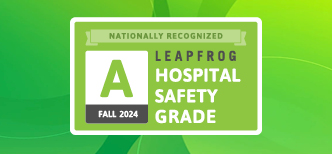


Young people especially relate to the experiences of other young people, even if they are fictional characters, when events and emotional responses mirror some of their own experiences and feelings. This is the reason some parents and guardians are concerned about television programs like the Netflix series “13 Reasons Why” and the way suicide is depicted and perceived by young people watching these shows. Given our experience helping young people learn skills to manage stress that can lead to behaviors with dangerous or deadly consequences (such as suicide), we share these concerns and are here to help families in our community address them effectively.
Suicidal behavior depicted by a fictional character that youth identify with does not have to lead to those same thoughts or actions. There are many individuals and resources available to provide support and assistance in our community.
Deciding whether or not to watch the series or other entertainment programs with similar themes is a choice. Special consideration should be taken for those who are currently experiencing symptoms associated with a mental health condition or who have thoughts of suicide or self-harm. Below are some things to consider for young people interested in watching these types of programs:
For those who would like additional information, there are many great organizations that have published recommendations for additional talking points. One example is the JED Foundation, which offers an excellent resource.
Should you have any questions or concerns about the health and well-being of your child, please do not hesitate to contact El Camino Hospital’s ASPIRE program. We offer a no-cost assessment for youth and young adults who are experiencing symptoms of depression, anxiety, and other mental health conditions. For further information or to schedule an assessment appointment, please contact ASPIRE at 866-789-6089.

Identify your risk factors and what to do if you are at risk.